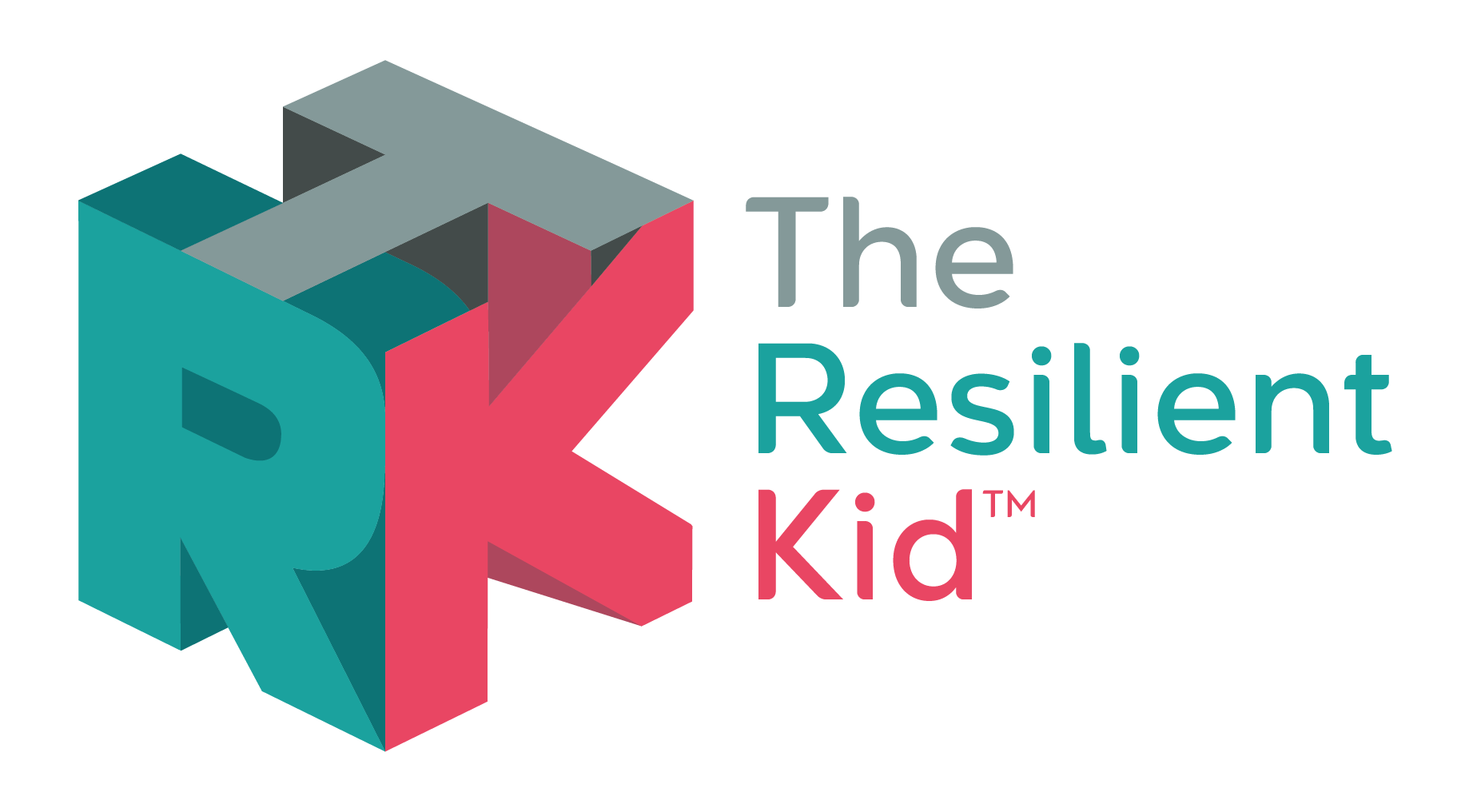
How Does Low Resilience Show Up In Our Kids
19/10/2023
Understanding Your Child's Unique Traits
As parents, educators, and champions of our kids, it's crucial to recognize the diverse traits that shape their resilience. These traits, often expressed in unique ways, provide valuable insights into our children's emotional worlds and their capacity to navigate life's ups and downs.
In this blog post, we're going to explore seven distinctive archetypes that children and teens can fall into when it comes to resilience. Understanding these archetypes will not only help you connect more deeply with your child but also empower you to support their journey in building resilience.
1. The Perfectionist: Fear of Falling Short
Picture this: Your child sets incredibly high expectations for themselves and is devastated when things don't go perfectly. Welcome to the world of the perfectionist. These kids fear failure to the core, often avoiding new challenges out of fear of not measuring up.
2. The Comfort Zone Seeker: Navigating Success Anxiety
Meet the comfort zone seeker, who's more concerned about how others perceive their achievements than anything else. They might avoid trying hard or fear the isolation that success can bring. Their journey often involves striking a balance between ambition and comfort.
3. The Critic: Battling Negative Self-Talk
Children who fall into the critic archetype engage in persistent negative self-talk. They might criticize themselves about school subjects, friendships, or even their appearance. Guiding them to focus on evidence and steer clear of self-critique is key.
4. The Projector: Blaming Others for Self-Defense
Projector kids have a tendency to blame others when things go wrong. It's not necessarily about avoiding responsibility, but often a way to protect themselves from shame or embarrassment. Helping them navigate this projection can be transformative.
5. The Conservative: Seeking Stability
The conservative child finds solace in routine and familiarity. Change is often met with resistance, leading to challenges with confidence and transitions. Understanding their need for stability is essential to nurture their growth.
6. The Worrier: Anxious Minds
Worrier kids tend to fret about a plethora of topics, sometimes even beyond their control. Managing their anxiety is paramount, and this is where emotional regulation skills come into play.
7. The Sensitive: Feeling the World Deeply
Sensitive children are finely attuned to their surroundings and emotions. They may become easily overwhelmed and exhibit strong reactions. Empowering them to express their feelings constructively is a powerful tool for their resilience toolkit.
Conclusion: Embracing Diversity in Resilience
As you embark on this journey of understanding your child's unique traits, remember that resilience is not one-size-fits-all. Each child possesses a blend of these archetypes, and it's this diversity that makes them wonderfully unique. By embracing and nurturing these traits, you'll be equipping your child with the tools they need to thrive in a world filled with challenges and opportunities.
So, whether your child is a perfectionist, a comfort zone seeker, a critic, a projector, a conservative, a worrier, or a sensitive soul, know that their journey toward resilience is a magnificent adventure. Your role as their guide and confidant is invaluable, and together, you'll navigate the winding paths of life, one unique trait at a time.
If you are looking for a checklist on the archetypes you can get it here or listen to our latest podcast on the topic.
Comments
Must be Logged In to leave comments.

